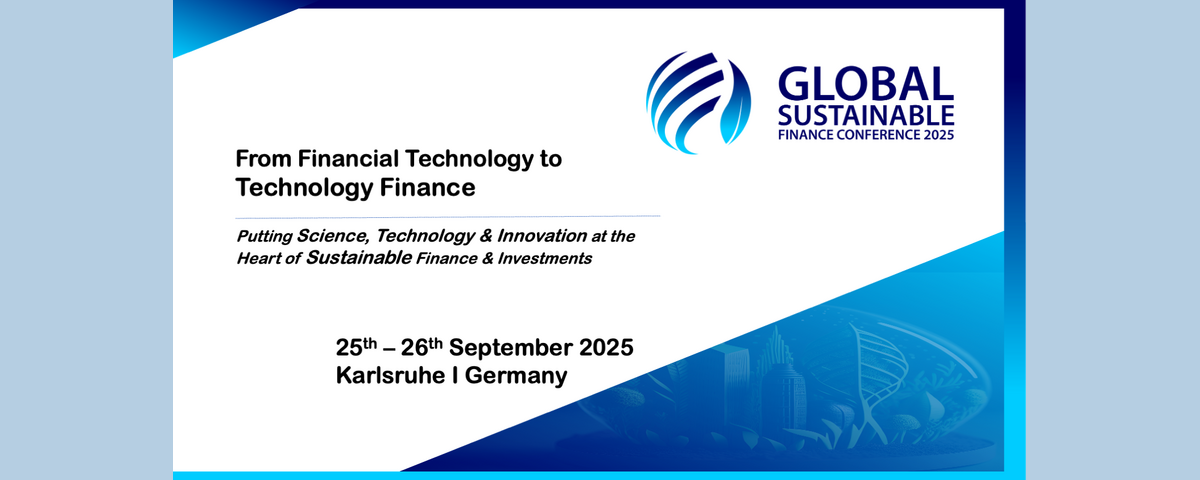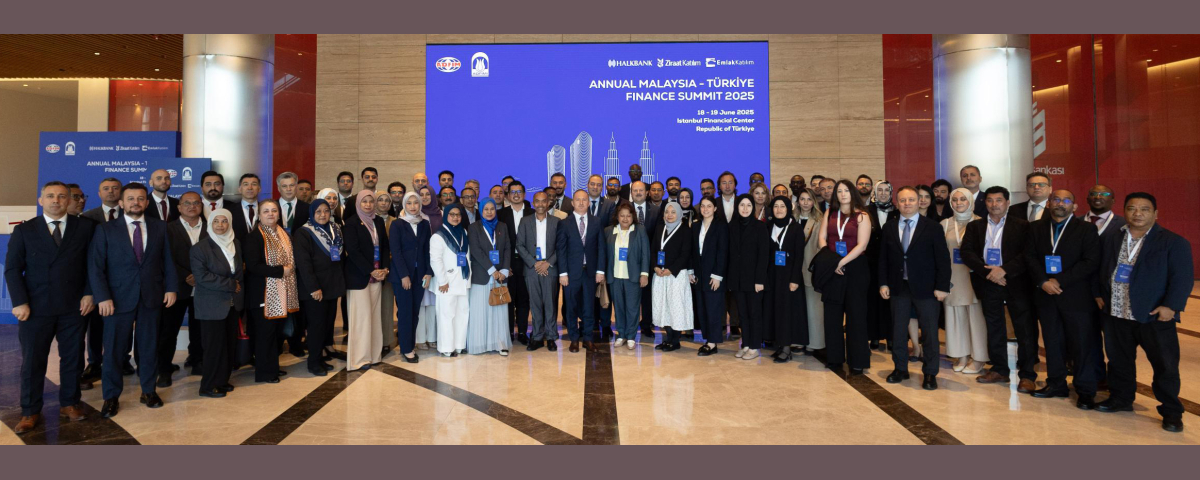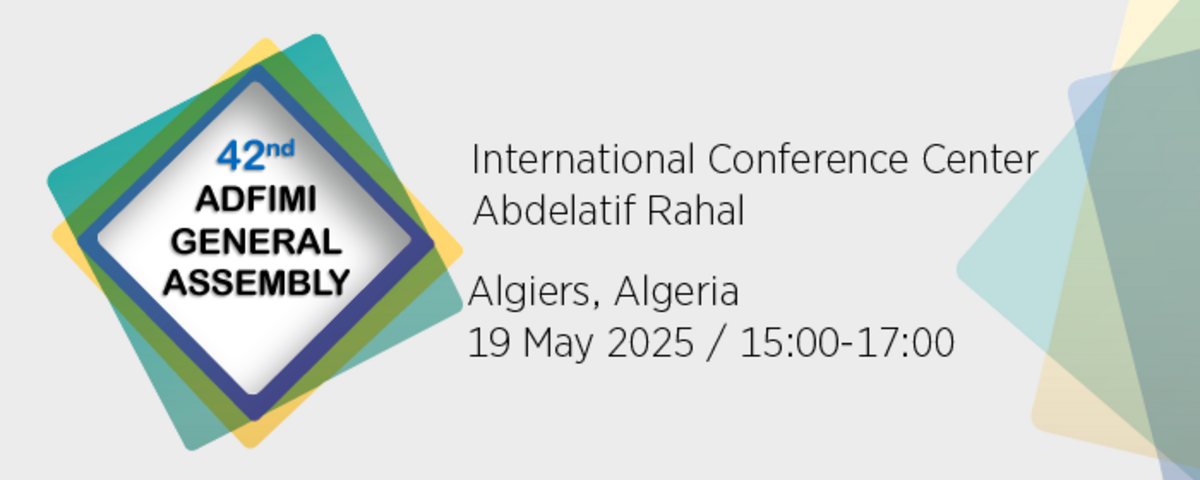DFIs for Economic Development in PAKISTAN, by Br. M.IMRAN MALIK
President, First Credit Bank, Pakistan
Summary:
Pakistan is presently confronted with a number of socio-economic challenges. Poverty and unemployment are on the increase. Power shortages are long and frequent. Inadequate physical infrastructures are sort of barriers to development of competitive trade and industry. Lack of adequate financial resources make it difficult for us to build new or revamp existing infrastructures. As such our trade and industry largely fail to competitively produce exportable surpluses or generate more employment. We are caught in a vicious circle.
In late 1950s the Development Finance Institutions (DFIs) like IDBP, PICIC, HBFC, ADBP, etc were established as part of the planned efforts for accelerated economic development of the new country. These DFIs made valuable contribution. Being reservoirs of expertise, these DFIs also assisted the government in formulation of policies and clearance of important projects.
Today we regularly borrow from and consult with international DFIs such as the World Bank, ADB and the Islamic Development Bank. But we lack similar local DFIs which have largely withered away or have changed their focus after privatization To squarely meet present challenges at least cost we also need local new DFIs specializing in priority sectors.
Properly nurtured local DFIs may be competitively financing infrastructure projects including power generation, energy infrastructure, roads network and bridges, ports, airports, effluent treatment plants, etc independently or in association with local and international institutions. For a head start the government’s Long Term Credit Fund (LTCF) meant for private sector energy projects, presently administered by National Bank of Pakistan (NBP), may be upgraded into a new DFI and suitably funded for financing of power and infrastructure projects.


.jpg?id=4_638)



